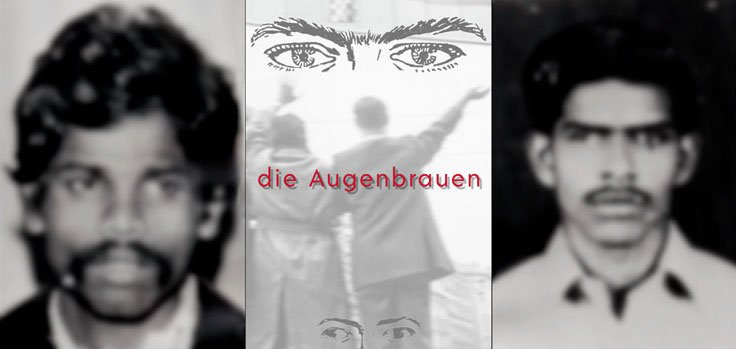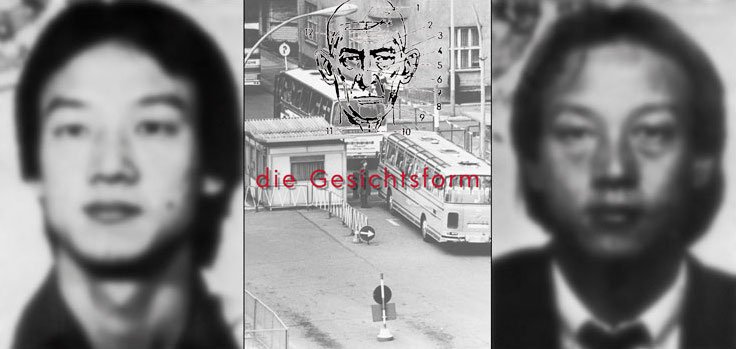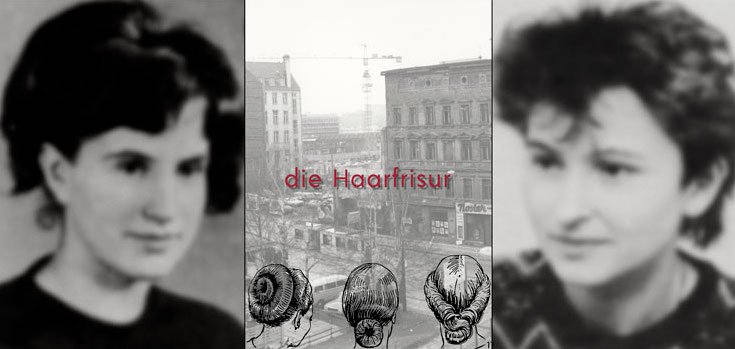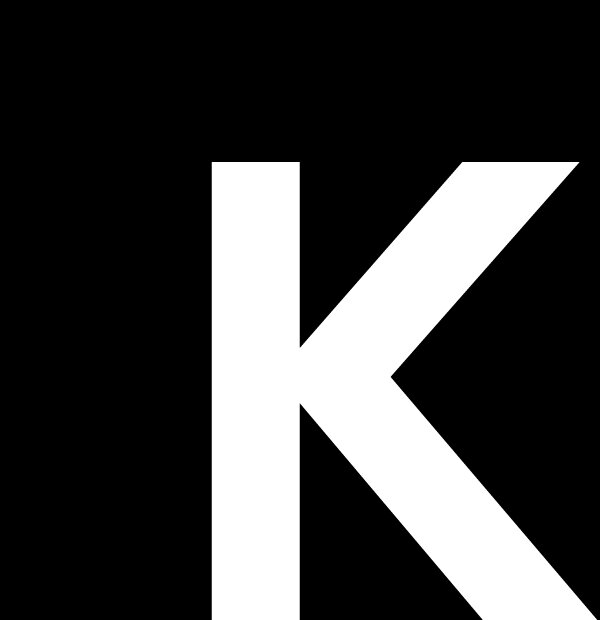Bonnie Donohue
Facial Recognition, Border Guard Exam: Blue Eyes (die Blauen Augen), 2019
Artist Statement
Over the past several decades, I have worked in the borderlands created by military occupations in Northern Ireland, South Africa, and Vieques Island in Puerto Rico. Through documentation of militarized landscapes, archival research, and interviews, my photo/video installations have eulogized the loss of community life through forced displacement, murder, prostitution, and incarceration and celebrated resistance.
Since 2015 my new work has taken me to the European Green Belt, a completely de-militarized green space along the 12,000 km site of the former Iron Curtain. As my own government demands the construction of a wall between Mexico and the United States, the brutal history of the Soviet structure echoes in the wrenching tragedies piling up at the U.S./Mexican border.
I view the Green Belt as one of the few remaining utopian places in the world – a thin green line representing greater accessibility through a porous borderland that traverses 27 different countries. However, the thin green line is fragile. The borders were recently closed as a stopgap to the Coronavirus for several months. In May UK backtracked on its Brexit promise to the keep a free border between Ireland and Northern Ireland. We are reminded that any of the countries along the Green Belt are at risk of tightened security from any perceived threat.
In addition to the work at the Green Belt, I have begun traveling in the American South along the civil rights trail, examining artifacts and memorials to hundreds of years of terror and mayhem. The precariousness of confidence, when relegating this to a distant history, is fragile, as contemporary signs and signifiers constantly threaten the re-emergence of authoritarianism. My work is a form of vigilance and resistance.
Artist Bio
Bonnie Donohue is a photographer, video artist, and writer who has worked in places of conflict, such as South Africa before the end of apartheid, Northern Ireland before the peace accords, and Vieques, Puerto Rico during and after the US military presence on the island. Her work examines displacement and loss as military structures transform human settlements into uninhabitable spaces; it conjures forgotten figures from military and civilian archives. Recent work includes large-scale panoramic photographs of over 100 military bunkers that are features in the western end of Vieques and a public art installation at the site of one of the bunkers. Her photographic exhibition in collaboration with cultural anthropologist Katherine McCaffrey, Killing Mapepe: Sex and Death in Cold War Vieques has traveled to several museums and cultural centers in Puerto Rico and the U.S. She is co-authoring a book with Katherine McCaffrey about the military colonization of Puerto Rico in the 20th century.
Her recent project in Germany includes research and documentation, via drone from the air and cameras on the ground, at the site of the former Iron Curtain, now known as the European Green Belt. The European Green Belt reverses the trend of military incursions into civilian spaces, as it has erased 12,000 km of contiguous military fortifications that stretched from Finland to Greece during the Cold War era and transformed it into a contiguous green space. The thin green line traversing 26 countries is a sliver of utopian free space, open to all, in an increasingly authoritarian and bordered world.

Facial Recognition, Border Guard Exam: Eyebrows (die Augenbrauen), 2019

Facial Recognition, Border Guard Exam: Chin (das Kinn), 2019

Facial Recognition, Border Guard Exam: Face Shape (die Gesichtsforms), 2013

Facial Recognition, Border Guard Exam: Forehead (die Stirn), 2019

Facial Recognition, Border Guard Exam: Hairstyle (die Haarfrisur), 2019
Exhibitions
Boundaries/Borders: A Member's Group Exhibition, March 2-27, 2022
Work in Progress, January 26-February 27, 2022
Disturbing the Peace, group show on Artsy, July 26-August 31, 2021
Troubled Landscapes, group show on Artsy, June 1-30, 2021
Power, Bodies, group show on Artsy, May 3-31, 2021
A THIN GREEN LINE: Borderlands, September 30-November 1, 2020
Press + Media
Ogden, Claire. "Visualizing the Anthropocene: Kingston Artists Look Back and Forward" Kingston Blog, February 21, 2022.
Boundaries/Borders: A Member's Group Exhibition, Press Release, March 12, 2022
Work in Progress, Press Release, November 29, 2021
McQuaid, Cate. "At Kingston Gallery, a visit to verdant lands haunted by the Iron Curtain." The Boston Globe, October 8, 2020.
Newbery, Emma. "Exhibition Review: Bonnie Donohue's A THIN GREEN LINE: Borderlands." Kingston Blog, October 9, 2020.
A THIN GREEN LINE: Borderlands, Press Release, August 4, 2020.

